Benefits of Using Spray Foam in Pole Barns for Year-Round Comfort
If you’ve ever walked into a pole barn on a blazing summer day, you know it can feel like stepping into a giant oven. Come winter, the same space can feel like you’re standing inside a walk-in freezer. Neither is pleasant, and both make it hard to store anything without worrying about damage.
The truth is, a fan or a thin layer of cheap insulation isn’t going to cut it. To keep the temperature steady and protect what’s inside, you need something that blocks air leaks, manages moisture, and works all year long. Spray foam checks all of those boxes. It doesn’t just slow down heat transfer—it seals your barn so outside air and moisture can’t creep in.
How Spray Foam Improves Comfort in Every Season
Spray foam isn’t just insulation—it’s a barrier against drafts, heat, and humidity. Instead of just sitting in place like fiberglass batts, it expands to fill every crack and gap, creating a consistent layer from floor to roof.
Closed-Cell Foam: A Strong, All-Weather Choice
For pole barns, closed-cell spray foam insulation services is often the best pick. It’s dense, water-resistant, and adds extra strength to the structure. Once sprayed, it forms a rigid layer that keeps heat out in the summer and warmth in during the winter.
Open-Cell Foam: Good for Noise Control
If your barn doubles as a workspace or garage, open-cell spray foam can help quiet things down. It’s lighter, more flexible, and great for reducing noise, though it doesn’t block moisture as well as closed-cell.
Fun fact: Closed-cell spray foam can actually strengthen your barn’s walls enough to handle more wind without extra framing.
Keeping Temperatures Steady All Year
A poorly insulated pole barn is like a giant temperature swing set—hot one moment, freezing the next. That’s bad for comfort, and worse for anything you store inside. Spray foam changes that by acting like a thermal lock.
Beating the Summer Heat
With spray foam in the roof and walls, less of the sun’s heat makes its way inside. Even in full sun, the interior stays noticeably cooler.
Holding in Winter Warmth
In cold months, the same airtight seal keeps your heat from slipping out. That means you can run a smaller heater for less time and still feel comfortable.
Fun fact: Depending on the size of your barn and your climate, spray foam can cut heating and cooling needs by almost half.
Moisture Control and Mold Prevention
Pole barns often struggle with condensation—especially in humid areas or when storing animals, feed, or equipment. Spray foam stops that problem at its source.
Built-In Vapor Barrier
Closed-cell foam doubles as a vapor barrier. It keeps warm, moist air from hitting cold surfaces and forming water droplets.
Better Protection for What’s Inside
Rust, mold, and rot all start with moisture. By blocking dampness, spray foam helps protect tools, vehicles, and supplies from long-term damage.
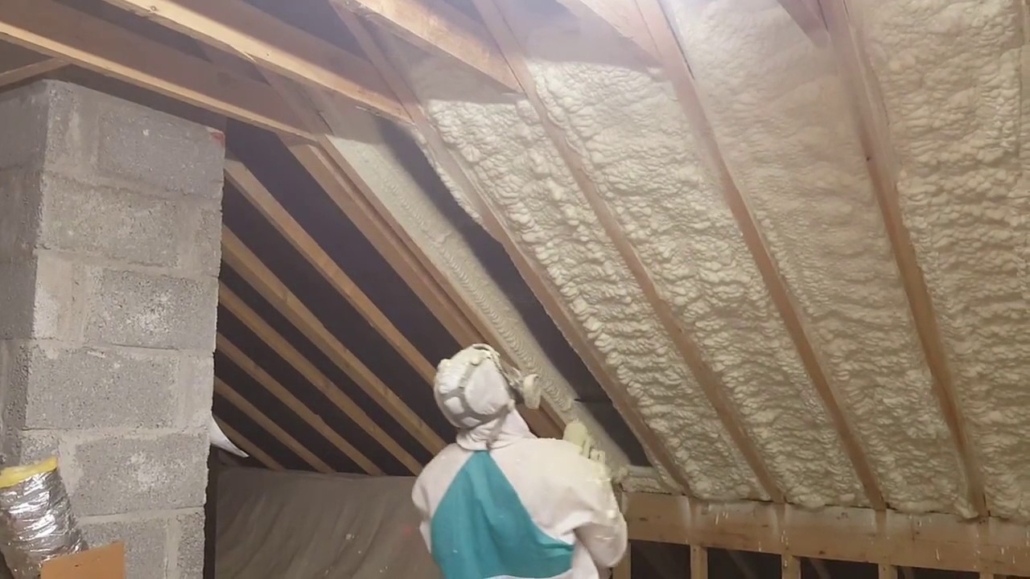
How Spray Foam Compares to Other Insulation
Here’s how spray foam stacks up against other options you might consider for a pole barn:
| Insulation Type | Air Seal | Moisture Resistance | R-Value per Inch | Structural Support | Best Use Case |
|---|---|---|---|---|---|
| Closed-Cell Spray Foam | Excellent | Excellent | 6–7 | High | All-season barns needing durability |
| Open-Cell Spray Foam | Good | Moderate | 3.5–4 | Low | Noise control in work areas |
| Fiberglass Batts | Poor | Low | 2.2–2.7 | None | Low-budget projects |
| Blown-In Cellulose | Poor | Low | 3.2–3.8 | None | Retrofit projects with easy access |
From this, it’s clear—spray foam not only insulates but also seals, strengthens, and protects your barn in ways other insulation types can’t.
Long-Term Building Benefits
Spray foam can extend the life of your pole barn while lowering maintenance needs.
Added Structural Strength
Closed-cell foam bonds directly to panels, stiffening the walls and improving wind resistance.
Keeping Pests Out
By sealing every small opening, spray foam makes it much harder for rodents, insects, or birds to find a way in.
Is Spray Foam Worth It If You Only Use the Barn Seasonally?
Yes. Even if you don’t use your barn year-round, spray foam still helps prevent moisture damage, rust, and wood warping over time. When you do use it, you’ll have a space that’s far more comfortable to work or store items in.
Conclusion
Spray foam insulation isn’t just about comfort—it’s a practical way to protect your barn and everything in it. It stops extreme temperature swings, keeps moisture under control, saves energy, and even adds structural strength.
For most barns, closed-cell foam offers the best all-around protection, while open-cell foam works well for spaces where sound control matters. Either way, it outperforms fiberglass and cellulose by a wide margin.
If your pole barn is still just bare walls and a roof, or if your current insulation isn’t keeping up, upgrading to spray foam insulation services can make it a far more functional and comfortable space—no matter the season.

FAQs
Does spray foam work for both new and older pole barns?
Yes. It can be installed during construction or added later to existing barns.
Will it help keep rodents out?
It makes it harder for them to get in by sealing small gaps, but no insulation can completely stop pests.
Can spray foam go directly on metal?
Yes. It sticks well to metal, wood, and concrete.
Does it need maintenance?
Once installed, it usually doesn’t require any, but occasional checks are smart.
Will it reduce condensation?
Yes. Closed-cell foam blocks moisture and prevents the warm air/cold surface mix that causes condensation.
Reviewer: Maria Lopez reviewed the article and brought 12 years of insulation industry experience to improve the guidance. Practical tips were added, and the content was made clearer and more useful for people working with pole barns every day.

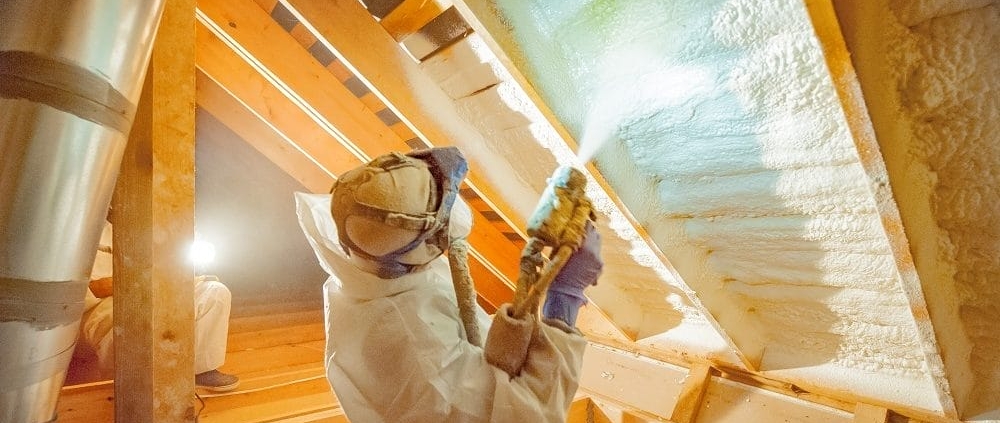
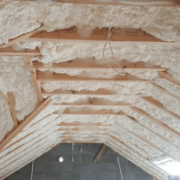

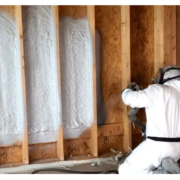
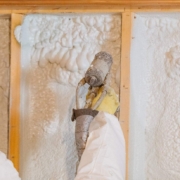



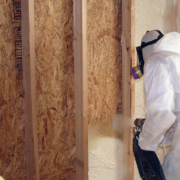

Leave a Reply
Want to join the discussion?Feel free to contribute!